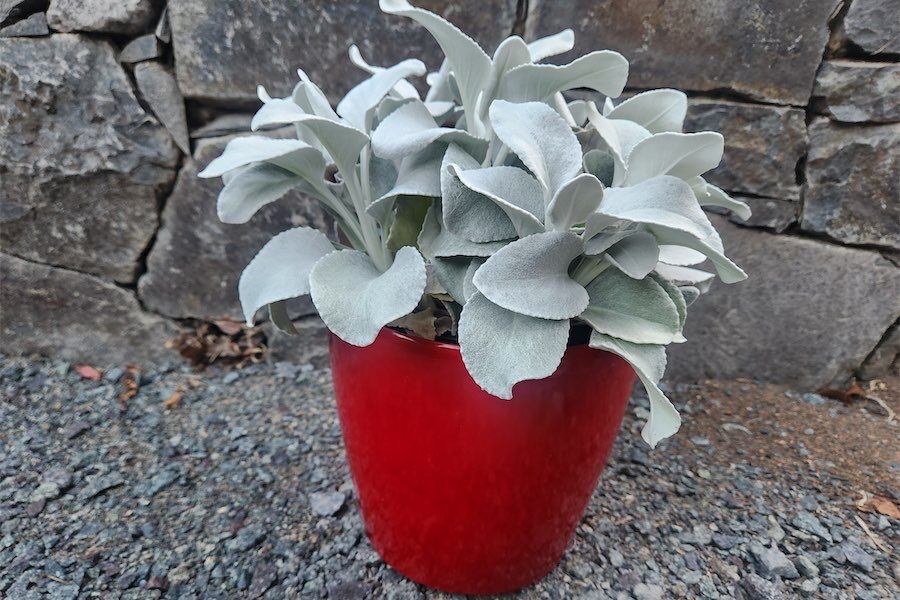
The popular Japanese maple is an all-round, great small tree for a suburban garden, says gardening columnist JACKIE WARBURTON.
Japanese maple is a small tree well suited to our climate and they’re also popular for pots.

They like an acidic soil that is rich and free draining.
There are many varieties, shapes and sizes to choose from. Most maples are grafted trees, so the height and foliage colour can be controlled for the right spot in the garden
They are shallow rooted and, during the warmer months, keep the fibrous roots covered with mulch to prevent them from drying out.
The foliage of a Japanese maple is more toothed and finer than its larger counterpart the Chinese maple where the leaves have larger lobes. Pruning of all maples should only be done in the warmer months when the trees are not in dormancy and have foliage.
Pruning in winter can cause the stems to blacken and dieback.
If the maple colours are what you are looking for in a large tree, then other maples to look for is the sugar maple (Acer saccharum) or the Norway maple (Acer platanoides), both are large trees that are only suited to large gardens but really put on a colour display in autumn with a lush green canopy in the spring and summer.
Their flowers are so small they are almost missed, but the winged seeds that develop in spring can be prolific in some species and non-existent in others.
The seeds are easy to germinate. They can be collected, dried and sown in a seed-raising mix. Once they’ve germinated, move them to a slightly bigger pot, but not too big or it will set the small tree back and take longer to grow. Bottom watering can encourage the tap roots to move deeper in the potting mix. Nurture in a pot until it is big enough to be planted into the ground.

PERENNIAL lovage (Levisticum officinale) is an underappreciated herb from the same family as carrots and celery that grows easily in our region.
It can reach at least a metre tall and has beautiful, decorative umbel-shaped flowers. The bold, yellow flowers are a terrific pollinator to all insects and bees.
In the kitchen, it has a strong celery flavour and can be cooked like spinach or chopped and added to soups and stews. New growth can be eaten raw in salads and, in fact, all parts of the plant can be eaten including the seeds and roots.
A heat mat is needed to grow lovage by seed at this time of the year. It will need an even germination temperature of at least 15C. Better still, wait for spring and plant it out when the frosts have finished.
It takes up to three years to reach maturity, but the annual yield is worth the wait for a good cut-and-come-again perennial that can be used in the kitchen all year round.
It takes up very little space in the vegetable patch. Lovage is best grown on its own as it will inhibit the growth of other plants around it by consuming the nutrients it needs.
Autumn leaves can be piled up in an area of the garden where there is weed-free ground and lightly cover with fertiliser or compost to weigh them down. Keep them moist and in spring the soil underneath should be ready for planting.
Jottings
- Pick apples when they are easy to twist off the branch.
- Keep seaweed solution up to herbs and winter vegetables.
- Prune the last of the evergreen hedges before winter sets in.
- Clean ponds of fallen leaves to keep clean.
Who can be trusted?
In a world of spin and confusion, there’s never been a more important time to support independent journalism in Canberra.
If you trust our work online and want to enforce the power of independent voices, I invite you to make a small contribution.
Every dollar of support is invested back into our journalism to help keep citynews.com.au strong and free.
Thank you,
Ian Meikle, editor





Leave a Reply